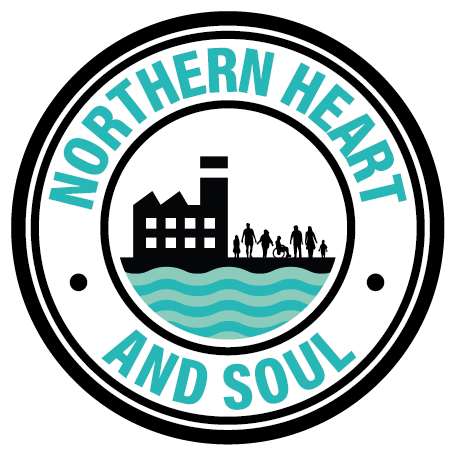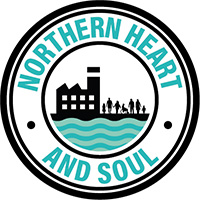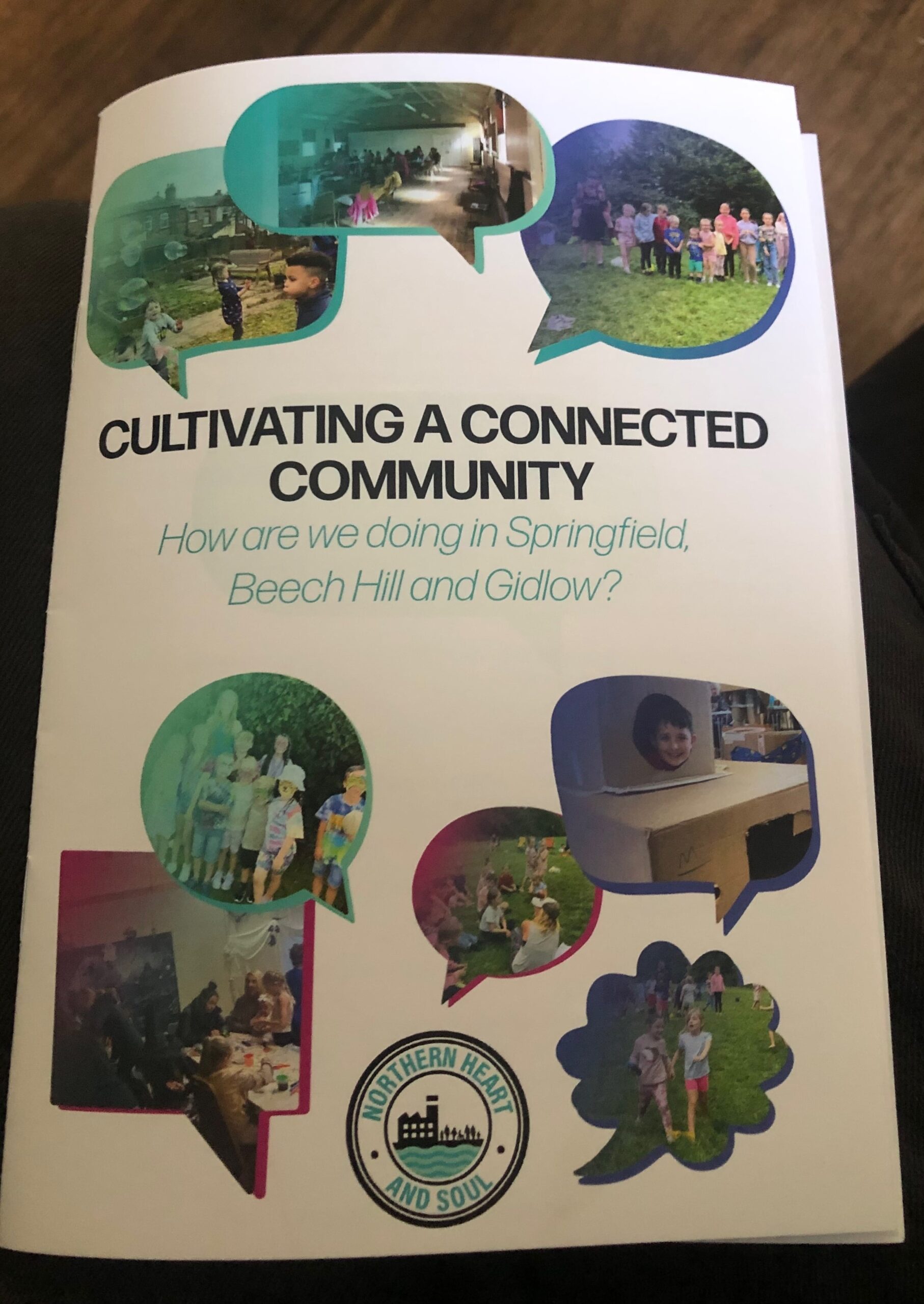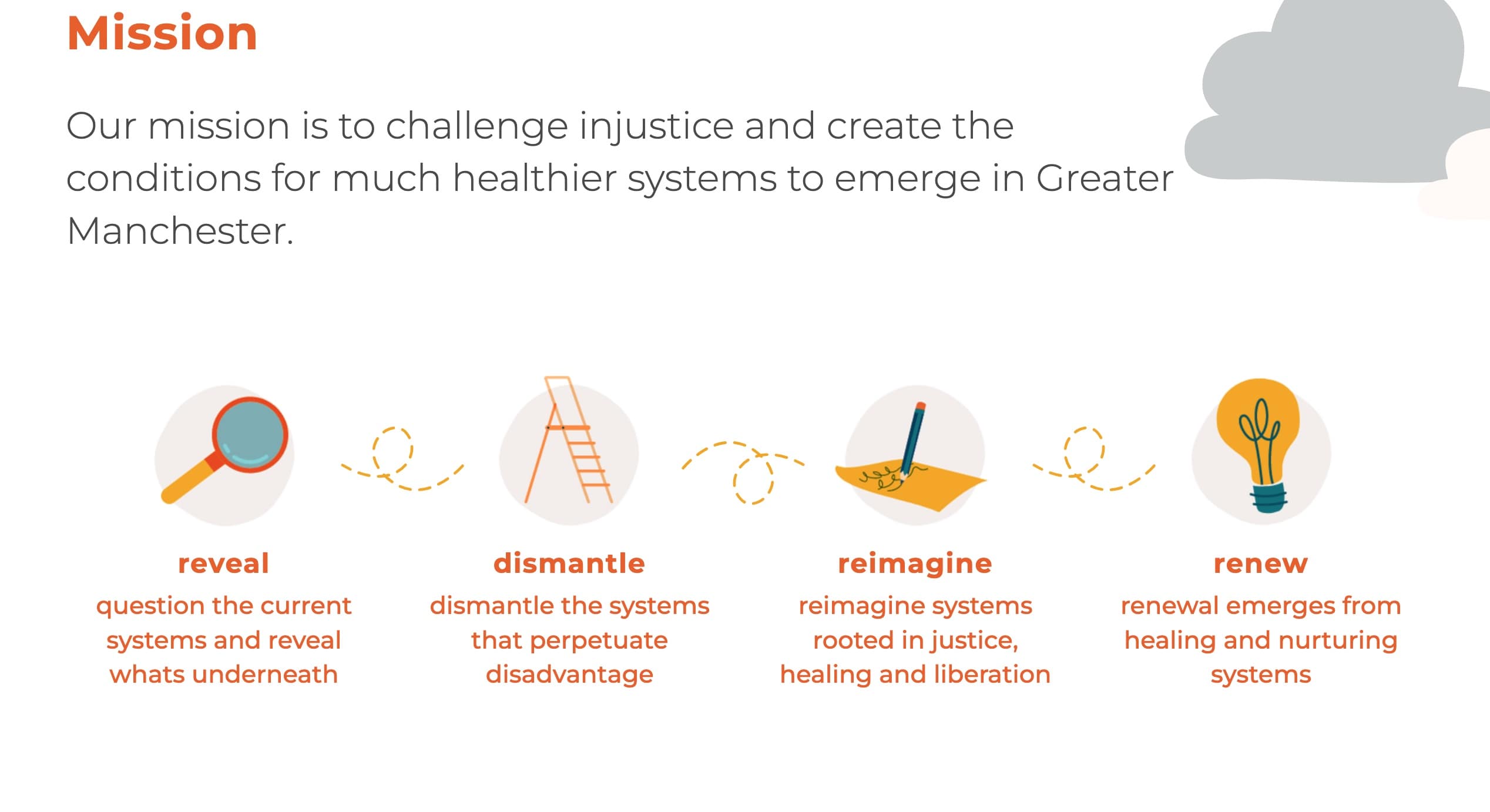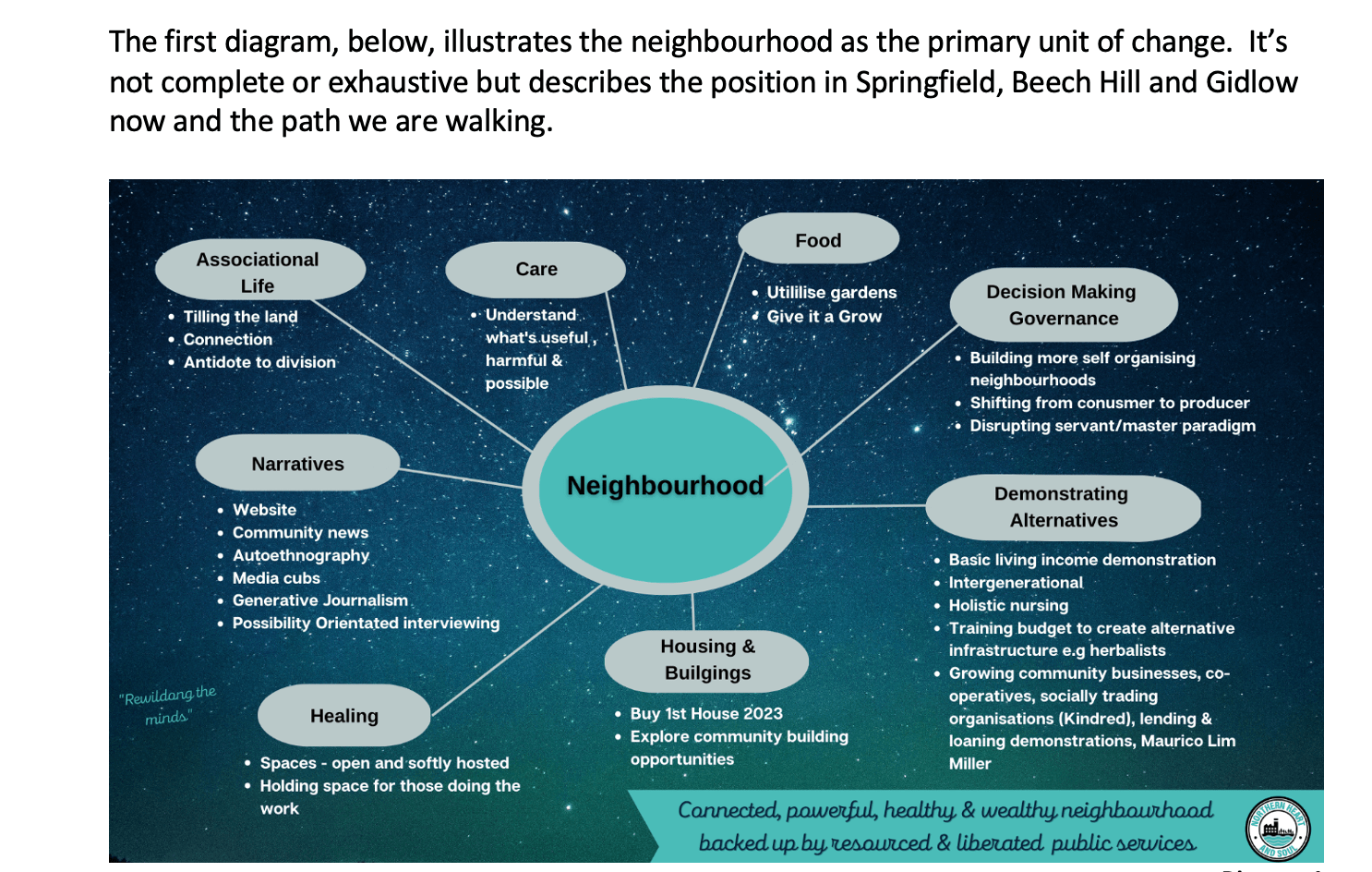
Copyright © & the Commons
So it is true that Gill and I designed a plan for a neighbourhood vision that may take a generation or more to reach, if we ever do.
We didn’t design that plan in a vacuum, we drew on the wisdom of those who have gone before us and are around us. You’ll see that we name some of our key influences in the companions in the commons. The work indeed belongs in the commons.
So, with that in mind, imagine if we decided to claim everything that emerged or rippled from the local work as belonging to us. ©
Here in the local community, local people, women in the main, are beginning to use the spaces we’ve opened up to grow new life, create new things and ways for the benefit of each other and the local place. Who does that work belong to? What would you think or feel if you heard people describe it as Angela and Gills work? Or if Angela and Gill took ownership?
I for one, wouldn’t dream of ever seeking to own it. In fact, I’d wear it as a badge of honour if local people said they did it all by themselves.
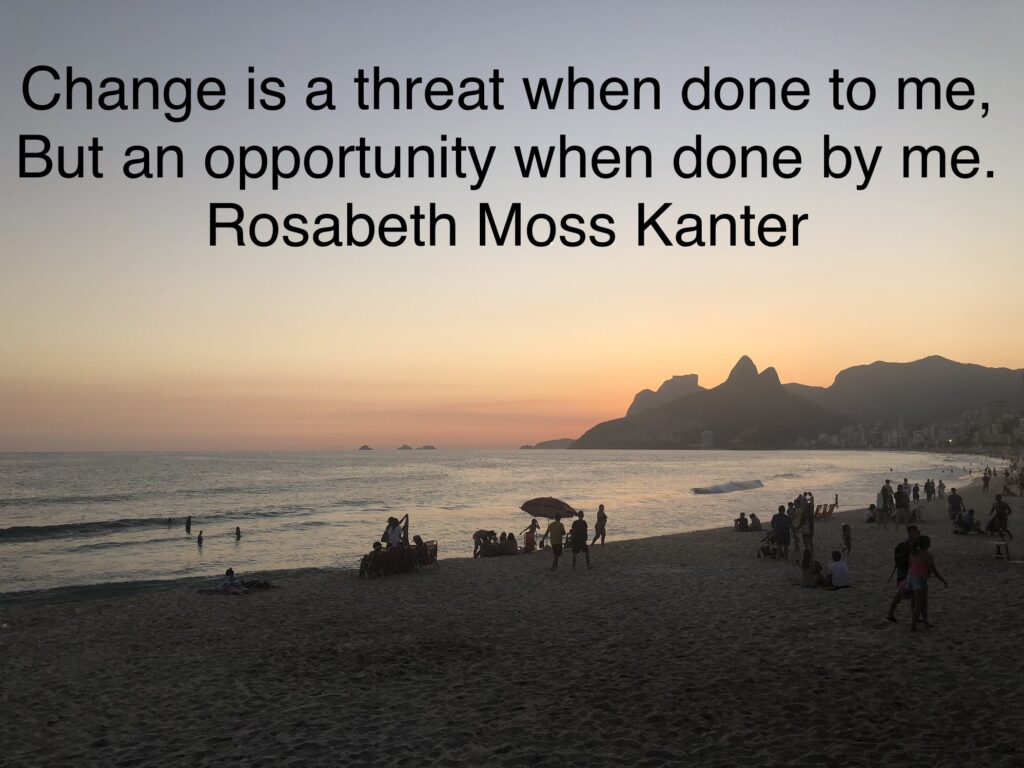
When I was working off timetable in the neighbourhood I’d grown up in, we had a visit from the office of the Mayor of New York, and they met some local family members. I listened to a woman say in the room full of people. ‘These lot (pointing at the team) did nothing. We had to do everything.’ And I thought, ‘Yes! That’s success.’ That’s liberatory practice. The woman had no one to be grateful to or for, for her liberation. She wasn’t a case study. She was a protagonist.
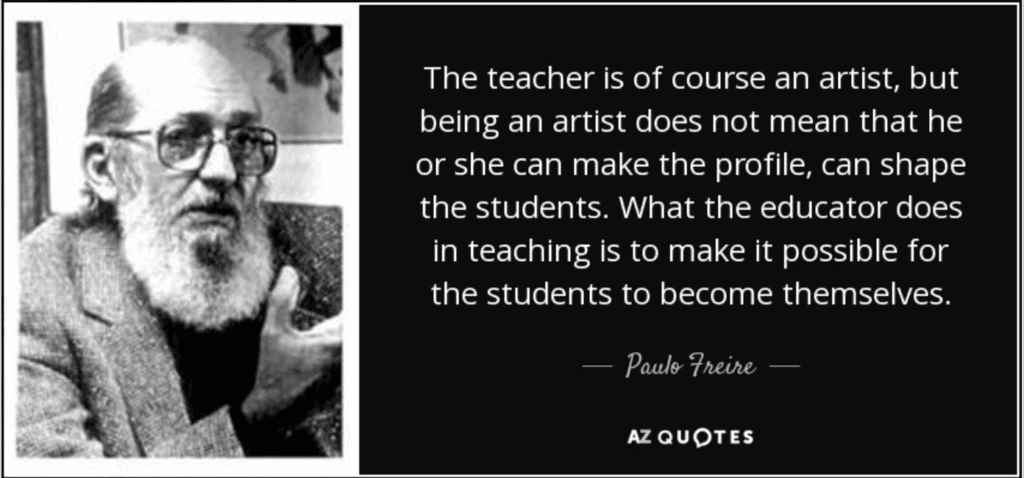
I’m also really open to people thinking things are a bit shit too and wanting to offer new ways and ideas. That’s a sign of contribution and ownership to me, the feeling that your ideas are welcome. That you feel you have something to give. It’s also a sign that something is evolving, growing out of its first pair of shoes and taking on new shapes and forms. You’ve created something real within a living and moving eco system, rather than a fixed mechanistic and transactional project or service with potential for scale as long as one size fits all.
So it gets right up my nostrils when I hear the work that helping professionals and families worked their socks off in Wigan on solely attributed to the author of Radical Help. I’m like – how rude! And, they actually flare and twitch when I hear the neighbourhood the experiment took place in consistently misnamed. It took place in Worsley Hall not Worsley Mesnes. Anyone from round here knows the difference between the two places.
What we created together, the families and those courageous professionals who accepted an invitation to come off timetable, looked little like the original design by the time we’d finished with it. Sadly, we weren’t even asked to contribute to the description of, and learning from, the work in Wigan as described in Radical Help. That was left to salaried strangers and distant observers. As a result, in my opinion, the account lacks authenticity and any real critique or depth of insight. The protagonists and creators were relegated to the position of a case study penned by others.
I think it gets up my nostrils as it feels like, and was experienced as an act of violence and extraction. One of the team members frequently asks me to write about what we did together. The bits that really mattered to families and are still overlooked by systems in favour of the easier to digest and sell for consultancy bits. Maybe, that’s what I’m doing here.
